adding oil pressure gauge
How adding oil pressure gauge:
1:Park the vehicle on a level surface, wait long enough (2-3 minutes) for the oil to return and measure if the oil level is too low. Add the recommended grade of engine oil and fill the crankcase until the oil level reaches the "FULL" mark on the dipstick.
2. Run the engine and verify that the vehicle pressure gauge or indicator light does not show low or no oil pressure. Listen for valve train noise or knocking.
3. Remove the oil pressure sensor or another engine block oil passage plug.
Check oil pressure gauge:
1. Park the car on a flat place and use the parking brake;
2. Start the engine and warm up until the engine temperature reaches the normal working temperature (about 5 minutes);
3. Turn off the engine;
4. Wait at least 10 minutes for the oil to flow back to the oil pan;
5. Take out the dipstick and wipe it clean;
6. Fully reinsert the dipstick;
7. Take out the oil dipstick and check the oil level, the oil level should be between the H and L marks;
8. If the oil level is lower than the L mark, please remove the oil filler cap and add new oil;
9. Recheck the oil level with the dipstick to see if it is between the H and L marks.
Attachment: Identification method of oil water content:
1. Color observation method. The clean oil is translucent blue. The oil is brown when there is water in it. After the engine has been running for a while, the oil is milky white and foamy.
2. Combustion method. Heat the copper rod and put it in the checked oil. If there is a "crackling" sound, it means that the oil contains more water. The checked oil can also be injected into the test tube and heated. When the temperature is close to 80 ℃ to 100 ℃, the test tube will produce a "crackling" sound, which proves that the oil contains more water.
3. Drainage method. After the engine is stopped, let the engine stand still for about 30 minutes and loosen the oil plug. If there is water, it means there is more water in the oil.
The oil pressure of the gasoline engine is between 190 kPa and 490 kPa, and the oil pressure of the diesel engine is between 290 kPa and 590 kPa. When the engine is started, the oil will quickly reach the surfaces of the various components that need to be lubricated to establish an oil film, and the engine wear is very low at this time. Regular maintenance and oil changes are recommended for motorists.
 English
English 
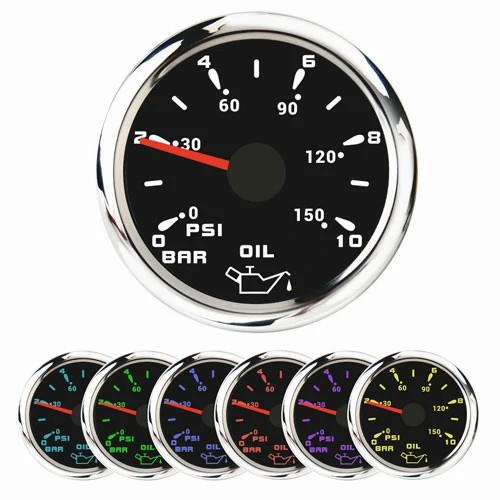
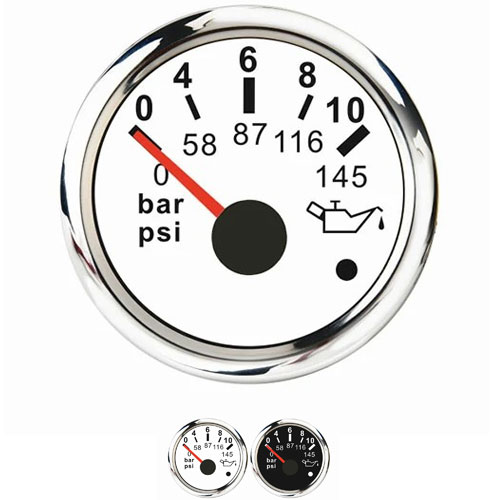
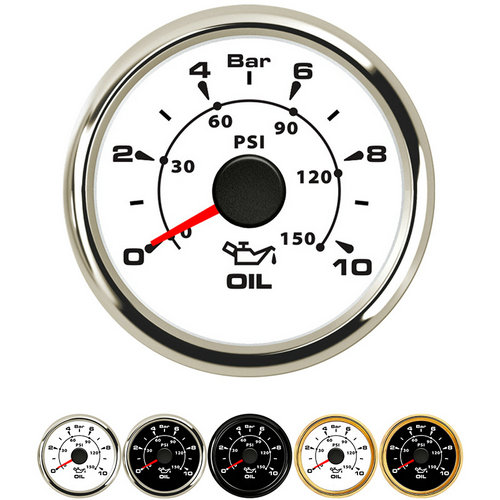

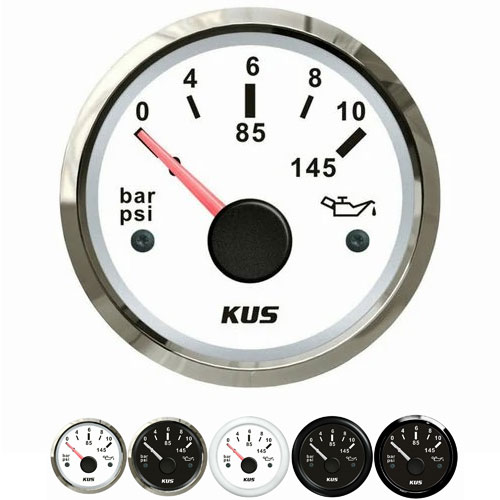
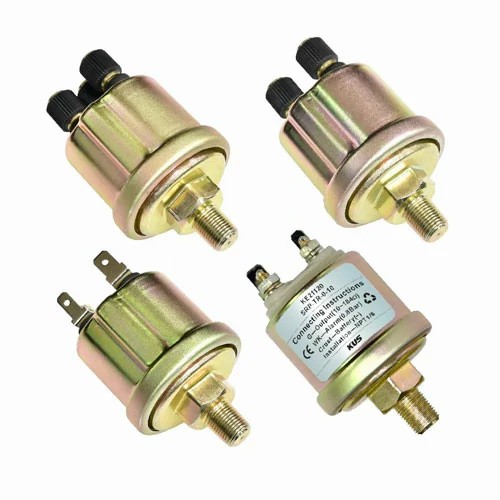
Get a Quote / Info